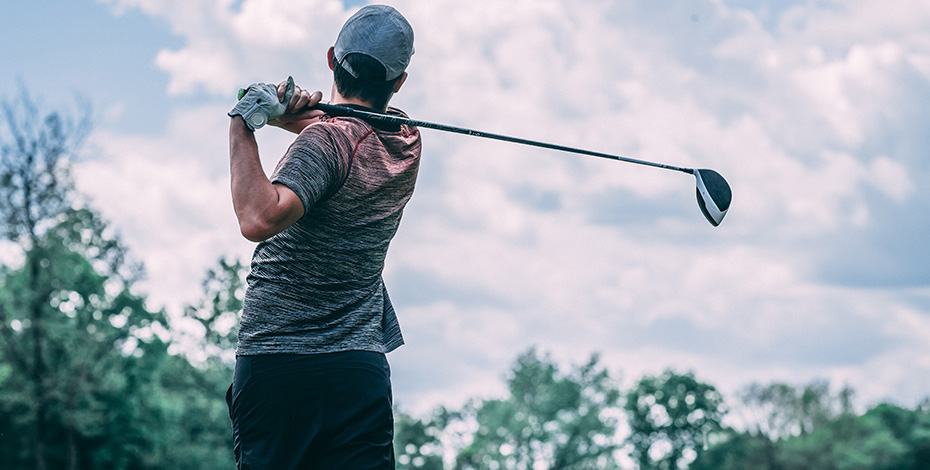What is Golfer's Elbow OR Medial Epicondylitis?
Golfer’s elbow is a type of tendinitis that affects the inside of the elbow. It develops where tendons in the forearm muscle connect to the bony part on the inside of the elbow. Tendons attach muscles to bones. Due to injury or irritation, they can become swollen and painful. Although medial epicondylitis is referred to as golfer’s elbow, it doesn’t only affect golfer's. It can occur from any activity involving use of the arms or wrists, including tennis and baseball.
Symptoms
Medial epicondylitis can occur suddenly or develop slowly over a period of time. Symptoms can range from mild to severe. If you have golfer’s elbow, you may experience any of the following:
- pain on the inside of your elbow
- elbow stiffness
- hand and wrist weakness
- tingling sensation or numbness in the fingers, especially the ring and little fingers
- difficulty moving the elbow
It’s not unusual for elbow pain to radiate down the arm to the wrist. This makes it difficult to complete everyday activities, such as picking up items, opening a door, or giving a handshake. Typically, medial epicondylitis affects the dominant arm.
Causes
Medial epicondylitis is caused by repetitive motions, which is why this condition occurs among athletes. Golfer's may develop this type of tendinitis from repeatedly swinging a golf club, whereas tennis players can develop it from repeatedly using their arms to swing a tennis racket. In both cases, overuse of the arms and wrist damages tendons and triggers pain, stiffness, and weakness.
Other risk factors for this type of tendinitis include playing baseball or softball, rowing, and weightlifting. Activities like playing an instrument and typing on the computer can also lead to medial epicondylitis.
Treatment
Rest your arm. Repeatedly using the affected arm can prolong healing and worsen your symptoms. Stop activities that involve repetitive movements until the pain disappears. Once the pain disappears, gradually ease back into activities to avoid re-injuring yourself.
Apply ice or a cold compress to reduce swelling, pain, and inflammation. Wrap ice in a towel and apply the compress to your elbow for up to 20 minutes, 3 or 4 times a day.
Take over-the-counter medication. Ibuprofen (Advil) and acetaminophen (Tylenol) can reduce swelling and inflammation. Take medication as directed. Depending on the severity of pain, your doctor may recommend a steroid injection.
Advice and management strategies – as golfer's elbow is an overuse injury, physiotherapists can work with you to identify and modify what and how you may be aggravating your elbow
Manual therapy – physio massage and mobilisation techniques to the elbow, wrist, and cervicothoracic spine (neck and upper back) can help reduce pain and improve function.
Exercise therapy – a tailored exercise program to gradually load the tendon and muscles is needed in regaining pain free function of the arm
Taping and braces – support to the elbow joint can provide pain relief so that essential daily activities can still be performed
Dry needling – your physiotherapist may choose to use needling for pain relief and relieving tight muscles in the forearm
Shockwave therapy – another adjunct therapy that can be helpful in those with longstanding the golfer's elbow injuries
How long will it take to go away?
A comprehensive examination and tailored treatment plan involving the treatment techniques mentioned above will typically see improvement within 12 weeks. Book an appointment with on of our sports physios today.
My Physio My Health
Trust our team of physiotherapists to help you recover faster and improve your quality of life.

 WISHING EVERYONE A HAPPY NEW YEAR! WE'VE RETURNED TO OUR REGULAR OPENING HOURS
WISHING EVERYONE A HAPPY NEW YEAR! WE'VE RETURNED TO OUR REGULAR OPENING HOURS
